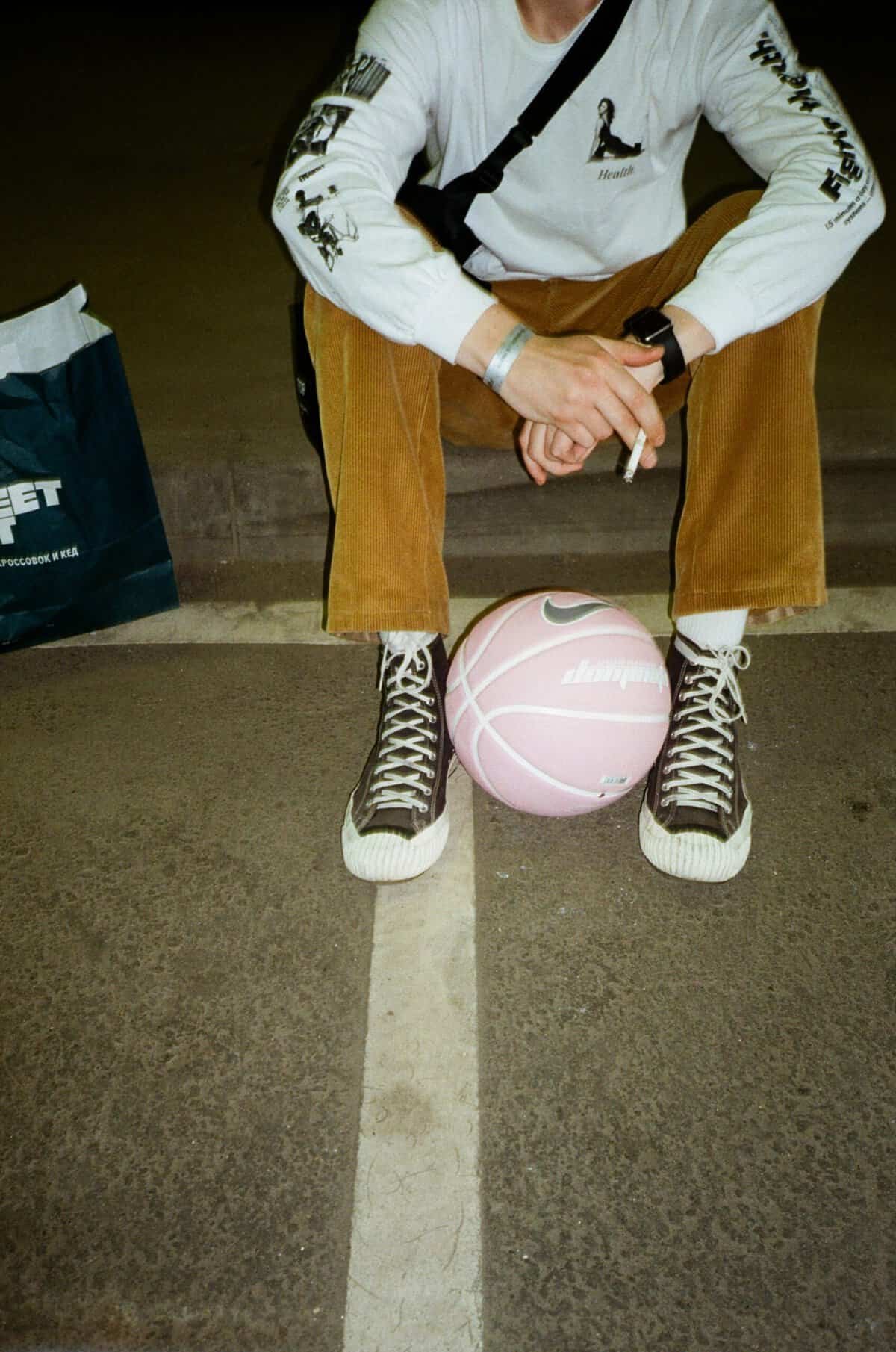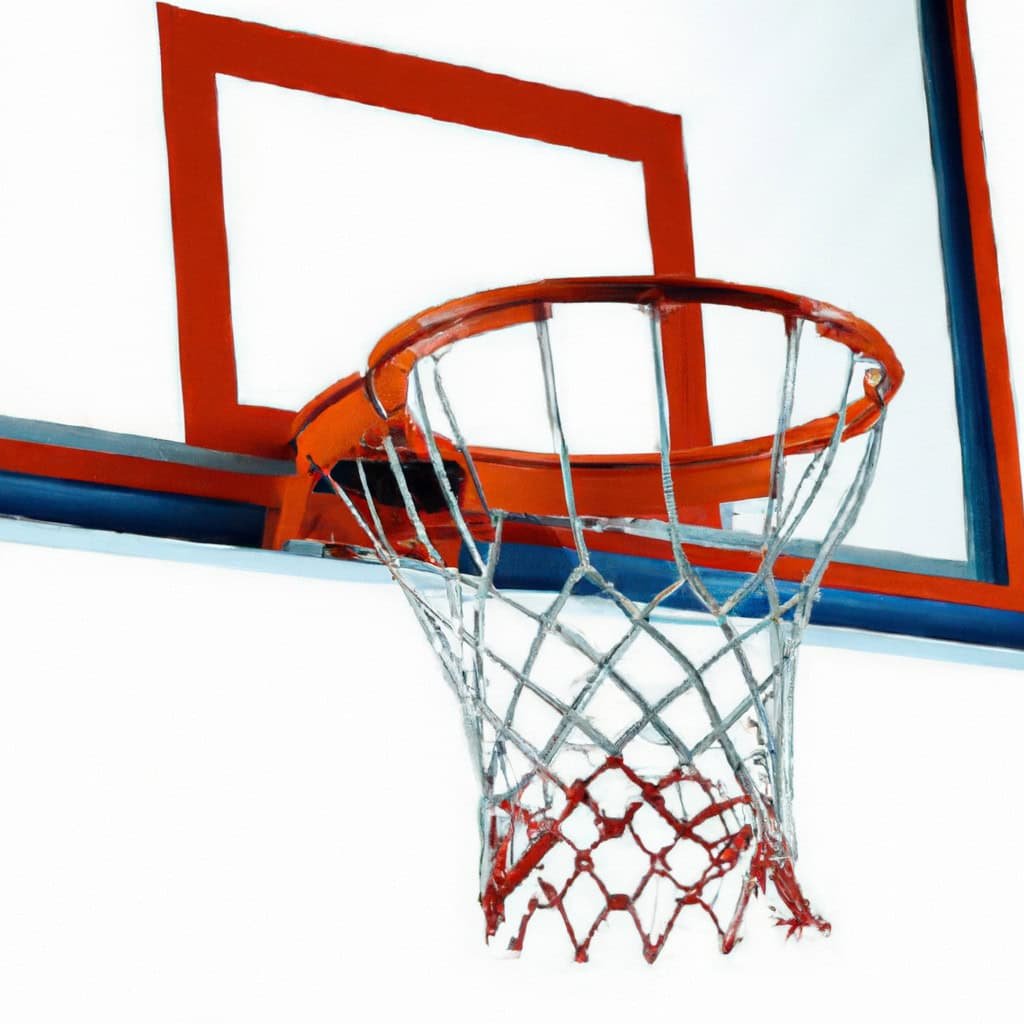If you’re an avid basketball player looking to up your game, you may have wondered if there are backboards out there specifically designed for solo practice. The answer is yes! Imagine having a backboard that not only allows you to shoot hoops on your own, but also rebounds the ball back to you, eliminating the need for constant chasing and retrieval. In this article, we’ll explore the best backboards with rebounding features that will transform your solo practice sessions into an efficient and enjoyable experience. Say goodbye to wasted time and hello to endless shooting opportunities!
Benefits of backboards with rebounding features
Backboards with rebounding features offer several benefits for solo practice. These backboards are designed to enhance shooting accuracy, improve rebounding skills, and simulate game-like situations. Let’s dive deeper into each of these benefits.
Improved shooting accuracy
One of the key advantages of using a backboard with rebounding features during solo practice is improved shooting accuracy. These backboards provide a consistent and realistic rebounding experience, allowing you to develop muscle memory and fine-tune your shooting technique. By practicing your shots against a backboard that mimics the bounce and trajectory of a real game situation, you can improve your aim and precision when shooting in an actual game.
Enhanced rebounding skills
Rebounding is a vital aspect of basketball, and practicing this skill alone can be challenging. However, backboards with rebounding features can greatly enhance your rebounding skills. These backboards are designed with mechanisms that simulate the bounce and unpredictability of a live game. By practicing your rebounding techniques against a backboard that mimics real game situations, you can develop the ability to read the ball off the rim and position yourself correctly for rebounds.
Simulated game-like situations
Solo practice can sometimes lack the intensity and unpredictability of a real game. However, backboards with rebounding features offer a solution to this problem by simulating game-like situations. The rebounding mechanisms integrated into these backboards mimic the natural bounce and movement of the ball, creating a more realistic practice environment. This allows you to develop your skills, reactions, and decision-making abilities in a setting that closely resembles an actual game. By regularly practicing under simulated game-like conditions, you can better prepare yourself for the challenges you’ll face on the basketball court.
Factors to consider when choosing a backboard
When selecting a backboard with rebounding features for your solo practice, there are several important factors to consider. These factors will help ensure that you choose a backboard that suits your needs and provides a high-quality practice experience. Let’s explore these factors in more detail.
Size and material
The size and material of the backboard are crucial considerations when choosing a rebounding feature. Backboards come in various sizes, typically ranging from 48 to 72 inches in width. It’s important to choose a size that suits your available practice space and preferences. Additionally, consider the material used for the backboard. Glass backboards are known for their excellent rebounding capabilities and durability, making them a popular choice for serious players. Acrylic and polycarbonate backboards are more affordable alternatives, offering decent rebounding performance and durability.
Rebounding mechanism
The rebounding mechanism is the heart of a backboard with rebounding features. Different backboards use various mechanisms to simulate game-like rebounds. Some backboards employ a spring-loaded system that provides a realistic bounce, while others may use flexible materials or tension-based systems. Consider the type of rebounding mechanism that suits your practice needs and preferences. Ensure that the mechanism produces consistent and reliable rebounds, allowing you to practice your techniques effectively.
Stability and durability
Stability and durability are important factors to consider, especially if you plan to use the backboard for intense solo practice sessions. Look for backboards that offer a sturdy and secure mounting system, ensuring that the backboard remains stable during aggressive play. Additionally, consider the overall durability of the backboard. It should be able to withstand repeated use, especially if you plan to practice regularly. A well-built backboard with high-quality materials will provide long-lasting performance and withstand the rigors of intense practice sessions.

Top recommended backboards with rebounding features
After considering the factors mentioned above, here are three top recommended backboards with rebounding features that you can consider for your solo practice:
Brand A Backboard
Brand A Backboard is highly regarded by basketball enthusiasts and professionals alike. This backboard boasts a 60-inch tempered glass construction, offering excellent durability and optimal rebounding performance. The rebounding mechanism uses a spring-loaded system, providing a consistent and realistic bounce. Many users praise the Brand A Backboard for its resilience and ability to simulate game-like situations effectively.
Brand B Backboard
Brand B Backboard is another popular choice among basketball players for its exceptional rebounding features. With a 54-inch acrylic backboard, it strikes a balance between durability and affordability. The backboard utilizes a tension-based rebounding mechanism, which offers consistent rebounds that closely resemble those in real games. Users appreciate the stability and durability of the Brand B Backboard, making it a reliable option for solo practice.
Brand C Backboard
Brand C Backboard is a great option for those on a budget. This backboard features a 48-inch polycarbonate construction, providing decent rebounding capabilities at an affordable price point. It utilizes a flexible material rebounding mechanism that delivers consistent and reliable rebounds. While it may not offer the same level of durability as other backboards, the Brand C Backboard still receives positive reviews for its value and performance during solo practice sessions.
Brand A Backboard
Let’s take a closer look at the key features, specifications, pros, cons, and user reviews of Brand A Backboard.
Key features and specifications
- 60-inch tempered glass backboard
- Spring-loaded rebounding mechanism
- Sturdy and secure mounting system
- Regulation-sized design
- Compatible with standard rims and poles
Pros
- Excellent durability and rebounding performance
- Simulates realistic game-like situations
- Suitable for intense practice sessions
- Compatible with standard basketball equipment
Cons
- Relatively higher price compared to other options
- Requires ample installation space due to its size
User reviews
Users of Brand A Backboard consistently praise its durability and rebounding performance. Many reviewers highlight the realistic bounce it provides, making it an excellent choice for solo practice. Some users mention that the higher price is worth the investment, as the quality and performance of the backboard justify the cost. However, a few individuals note the need for a larger installation space due to the backboard’s size.

Brand B Backboard
Now, let’s delve into the key features, specifications, pros, cons, and user reviews of Brand B Backboard.
Key features and specifications
- 54-inch acrylic backboard
- Tension-based rebounding mechanism
- Stable and reliable mounting system
- Resilient design for intense play
- Compatible with standard basketball equipment
Pros
- Good balance between durability and affordability
- Consistent and reliable rebounding performance
- Stable construction for intense solo practice
- Compatible with standard basketball equipment
Cons
- Not as durable as backboards made of tempered glass
- Some users report minor vibrations during rebounding
User reviews
Reviewers of Brand B Backboard praise its durability and rebounding performance at an affordable price point. Many users highlight the consistent rebounds it provides, allowing for effective solo practice sessions. Some individuals mention minor vibrations during rebounding, but overall, the majority of users are satisfied with the stability and reliability of the backboard for intense practice sessions.
Brand C Backboard
Lastly, let’s explore the key features, specifications, pros, cons, and user reviews of Brand C Backboard.
Key features and specifications
- 48-inch polycarbonate backboard
- Flexible material rebounding mechanism
- Easy and secure mounting system
- Lightweight design for versatility
- Compatible with standard basketball equipment
Pros
- Affordable option for those on a budget
- Consistent and reliable rebounding performance
- Lightweight and easy to move around
- Compatible with standard basketball equipment
Cons
- Less durable compared to backboards with tempered glass or acrylic
- May not provide the same level of rebounding as larger backboards
User reviews
Users of Brand C Backboard appreciate its affordability and reliable rebounding performance. Many reviewers mention that the rebounding mechanism delivers consistent rebounds, making it suitable for solo practice sessions. While some individuals note the backboard’s lower durability compared to other options, the majority of users find it to be a great choice for its price point and performance.

Comparative analysis
Now, let’s compare the three top recommended backboards with rebounding features based on different aspects:
Backboard size and material
Brand A Backboard offers a 60-inch tempered glass backboard, which provides excellent durability and optimal rebounding performance. Brand B Backboard features a 54-inch acrylic backboard, striking a balance between durability and affordability. Brand C Backboard has a 48-inch polycarbonate backboard, which is a more budget-friendly option but may lack the same level of durability.
Rebounding mechanism
Brand A Backboard utilizes a spring-loaded rebounding mechanism, ensuring consistent and realistic rebounds during solo practice. Brand B Backboard employs a tension-based rebounding mechanism that delivers consistent rebounds similar to real games. Brand C Backboard uses a flexible material rebounding mechanism that provides reliable rebounds but may not offer the same level of performance as larger backboards.
Stability and durability
All three backboards have sturdy and reliable mounting systems that ensure stability during intense solo practice sessions. Brand A and Brand B Backboards excel in durability, thanks to their tempered glass and acrylic constructions, respectively. Brand C Backboard, although not as durable, remains a good option for those on a tighter budget.
Price
Brand A Backboard is generally priced higher compared to the other options due to its larger size and tempered glass construction. Brand B Backboard offers a good balance between durability and affordability. Brand C Backboard is the most budget-friendly option among the three, providing decent rebounding performance at a lower price point.
Tips for effective solo practice
To make the most of your solo practice with a backboard with rebounding features, here are some helpful tips:
Setting up a practice routine
Create a consistent practice routine that includes specific drills and exercises tailored to your skill development goals. Set aside dedicated time for shooting, rebounding, and other aspects of the game to ensure a well-rounded practice session. By establishing a routine, you can track your progress more effectively and make the most of your solo practice sessions.
Using drills and exercises
Incorporate various drills and exercises into your solo practice sessions to improve specific skills. Focus on shooting drills that replicate game situations, rebounding exercises that simulate live action, and other drills that target your weaknesses or areas for improvement. Utilizing a variety of drills and exercises will help sharpen your skills and make your practice sessions more engaging and effective.
Tracking progress
Keep a record of your progress during solo practice sessions. Note your shooting percentages, rebounding statistics, and any areas where you feel improvement. By tracking your progress, you can identify trends, set realistic goals, and make adjustments to your practice routine as needed. This will help you stay motivated and continuously improve your basketball skills.

Safety precautions
While conducting solo practice sessions with a backboard with rebounding features, it’s essential to prioritize safety. Here are some safety precautions to keep in mind:
Ensure a secure mounting system
Ensure that the backboard is securely mounted to prevent any accidents during intense play. Follow the manufacturer’s instructions carefully when installing or mounting the backboard. Regularly check the mounting system for any loose or damaged parts and make the necessary adjustments or repairs.
Protective gear
Wear appropriate protective gear, such as a mouthguard, knee pads, and proper basketball shoes, to minimize the risk of injuries. Protective gear can offer additional support and cushioning, ensuring your safety during intense practice sessions. Consult with a professional to determine the most suitable protective gear for your practice needs.
Maintaining the backboard
Regularly inspect and maintain the backboard to ensure its durability and performance. Clean the surface of the backboard to remove dirt, dust, and any other debris that may affect rebounding. Check for any cracks, dents, or signs of wear and tear, and address them promptly to prevent further damage. Additionally, follow any maintenance instructions provided by the manufacturer to extend the lifespan of the backboard.
Conclusion
Backboards with rebounding features offer numerous benefits for solo practice, including improved shooting accuracy, enhanced rebounding skills, and the ability to simulate game-like situations. When selecting a backboard, consider factors such as size, material, rebounding mechanism, stability, and durability. Based on these factors and user reviews, Brand A Backboard, Brand B Backboard, and Brand C Backboard are top recommended options for solo practice.
To ensure effective solo practice, establish a practice routine, incorporate drills and exercises that target specific skills, and track your progress over time. Remember to prioritize safety by securing the mounting system, wearing protective gear, and regularly maintaining the backboard. With the right backboard and a dedicated practice routine, you can enhance your basketball skills and prepare yourself for success on the court.

